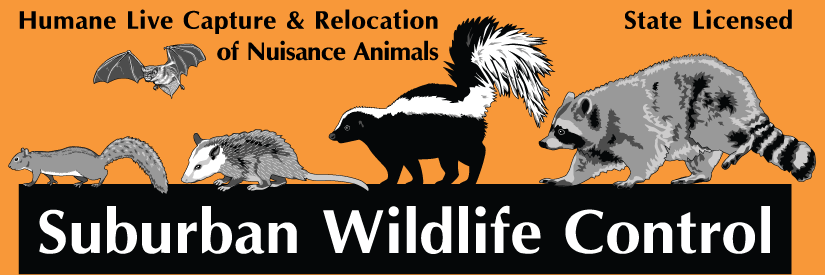
Man Dies After Yellow Jackets Sting Him - Roselle Victim Had Been Mowing Lawn
August 3, 2003 | By Manya A. Brachear - Tribune staff reporter
ROSELLE —
Following the death of a west suburban man who was stung by yellow jackets while mowing his lawn, experts are warning that insect stings can be dangerous even for people with no known allergies.
Ronald Mucha, 46, of Roselle, had cut only one swath through his front yard Wednesday when a swarm of black and yellow insects emerged from a hole in the ground and stung his legs numerous times. He died less than an hour later.
His wife, Lorrie, said her husband had never reacted badly to a bee sting.
Allergic reactions take place when a body's immune system overreacts to an insect's venom, often resulting in swelling, said Sam Beshers, a research associate with the entomology department at the University of Illinois at Urbana-Champaign. Symptoms can develop in less than 10 minutes.
"If you're not alert to the possibility, it comes on and before you know it you're helpless," Beshers said.
For that reason, people who know they have insect allergies should carry syringes of epinephrine when spending time outdoors, said Leland Lewis, executive director of the DuPage County Health Department.
Those who don't have allergies or don't know if they do should carry a mild antihistamine, he added.
"You could certainly have multiple bee stings and not die from it," Lewis said. "But if you're allergic, just one can be enough of a problem."
Burrowed underground up to 3 feet deep, yellow jackets, also called ground bees, build extensive colonies in early spring.
Late summer and early autumn is a tense time in the colonies. That's when worker wasps guard the larvae of future queens--the fertile members of hive society that ensure the succession of the species.
"It's imperative for them to protect those future queens," said Sean Collins, a U. of I. graduate student studying wasps and hornets. "They tend to be more aggressive."
Lorrie Mucha said her husband didn't know there was a nest in their yard.
On Thursday she called an exterminator. Brad Lundsteen, owner of Suburban Wildlife Control, used a 20-foot pole to inject chemicals into the nest.
Lundsteen said this was the first time in 17 years he had responded to a fatality.
Ronald Mucha, 46, of Roselle, had cut only one swath through his front yard Wednesday when a swarm of black and yellow insects emerged from a hole in the ground and stung his legs numerous times. He died less than an hour later.
His wife, Lorrie, said her husband had never reacted badly to a bee sting.
Allergic reactions take place when a body's immune system overreacts to an insect's venom, often resulting in swelling, said Sam Beshers, a research associate with the entomology department at the University of Illinois at Urbana-Champaign. Symptoms can develop in less than 10 minutes.
"If you're not alert to the possibility, it comes on and before you know it you're helpless," Beshers said.
For that reason, people who know they have insect allergies should carry syringes of epinephrine when spending time outdoors, said Leland Lewis, executive director of the DuPage County Health Department.
Those who don't have allergies or don't know if they do should carry a mild antihistamine, he added.
"You could certainly have multiple bee stings and not die from it," Lewis said. "But if you're allergic, just one can be enough of a problem."
Burrowed underground up to 3 feet deep, yellow jackets, also called ground bees, build extensive colonies in early spring.
Late summer and early autumn is a tense time in the colonies. That's when worker wasps guard the larvae of future queens--the fertile members of hive society that ensure the succession of the species.
"It's imperative for them to protect those future queens," said Sean Collins, a U. of I. graduate student studying wasps and hornets. "They tend to be more aggressive."
Lorrie Mucha said her husband didn't know there was a nest in their yard.
On Thursday she called an exterminator. Brad Lundsteen, owner of Suburban Wildlife Control, used a 20-foot pole to inject chemicals into the nest.
Lundsteen said this was the first time in 17 years he had responded to a fatality.
Copyright © 2003 — Chicago Tribune





























